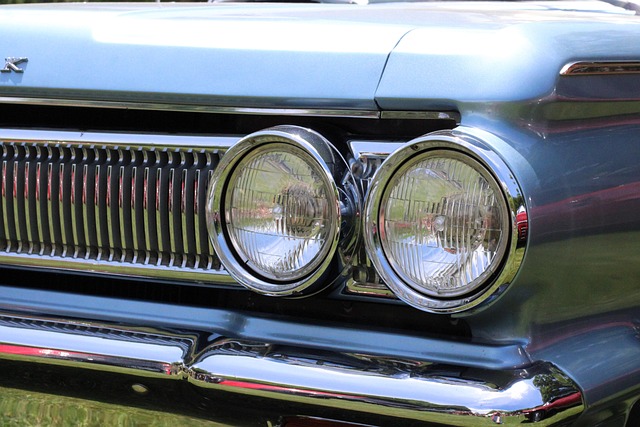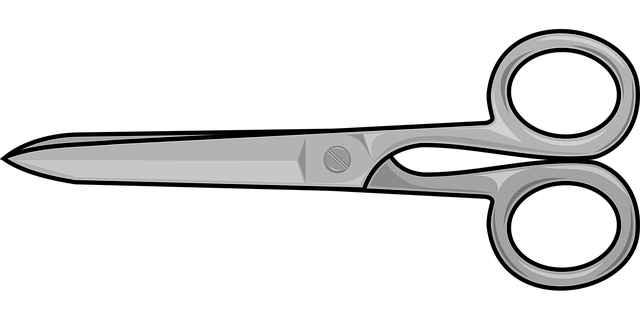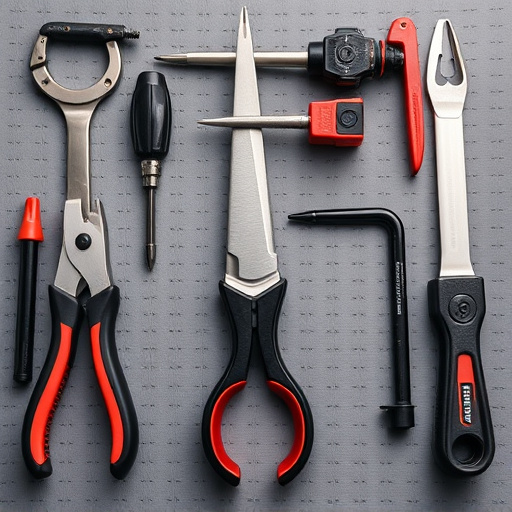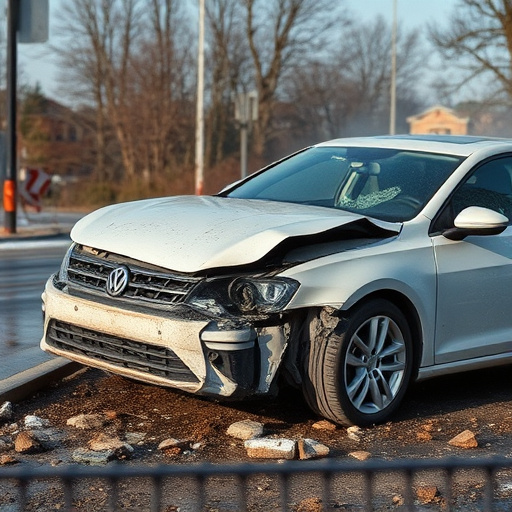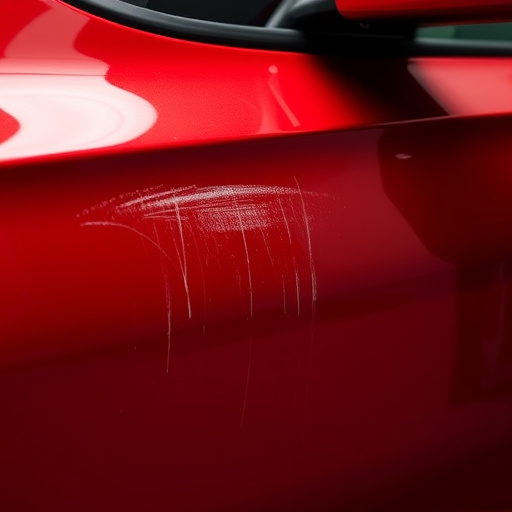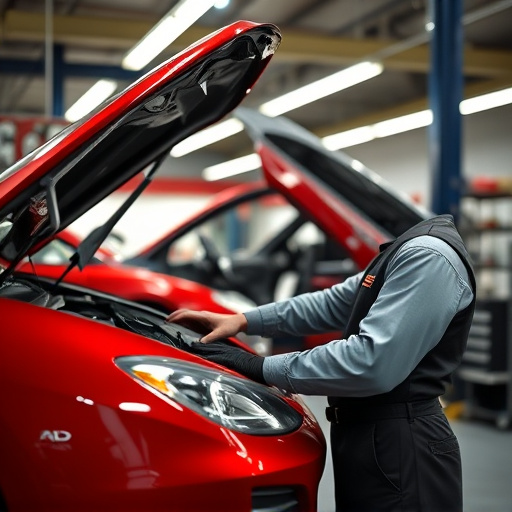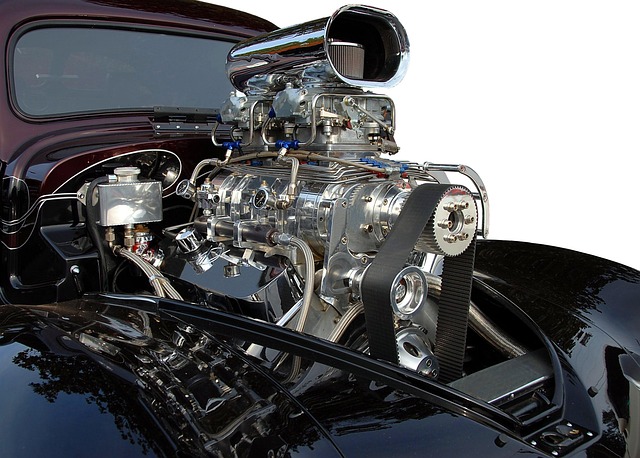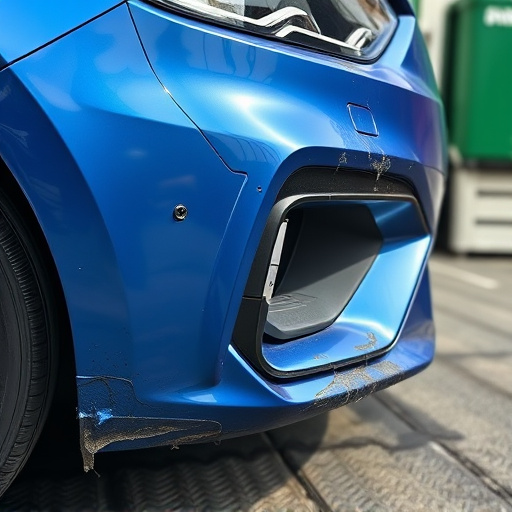Mercedes panoramic roof sensors, crucial for safety and comfort, require recalibration after replacements. This involves locating and inspecting sensors, followed by software recalibration using specialized tools. Regular cleaning, debris removal, and updates maintain sensor accuracy and optimal vehicle performance, enhancing both driving experience and safety features. Remember that proper post-repair testing and maintenance are vital for Mercedes panoramic roof repair success.
After replacing a Mercedes panoramic roof, recalibrating the sensors is crucial for optimal vehicle performance. This comprehensive guide delves into the intricate process of understanding and resetting these essential sensors, ensuring seamless integration and enhanced safety features. From identifying sensor functions to practical troubleshooting tips, we provide a step-by-step approach for efficient post-repair calibration. Master these techniques to maintain peak sensor performance following your Mercedes panoramic roof repair.
- Understanding Mercedes Panoramic Roof Sensors: Their Function and Importance
- The Process of Recalibrating Sensors After Replacement: Step-by-Step Guide
- Post-Repair Testing and Maintenance Tips for Optimal Sensor Performance
Understanding Mercedes Panoramic Roof Sensors: Their Function and Importance

Mercedes panoramic roof sensors are an integral part of modern automotive technology, designed to enhance driver experience and vehicle safety. These sophisticated sensors detect and monitor various environmental factors, such as wind speed, solar radiation, and rain intensity. They play a crucial role in the operation of the panoramic roof, automatically adjusting its position based on weather conditions. For instance, during heavy rainfall, the sensors trigger the roof’s closure to prevent water ingress, ensuring passenger comfort and safety.
Understanding how these sensors function is essential when considering Mercedes panoramic roof repair or replacement. A car body shop specializing in auto body services will often need to recalibrate these sensors after a roof replacement to ensure their continued optimal performance. This process involves careful reconfiguration of the sensor settings to match the vehicle’s new specifications, guaranteeing that the panoramic roof operates seamlessly with the rest of the vehicle’s systems.
The Process of Recalibrating Sensors After Replacement: Step-by-Step Guide
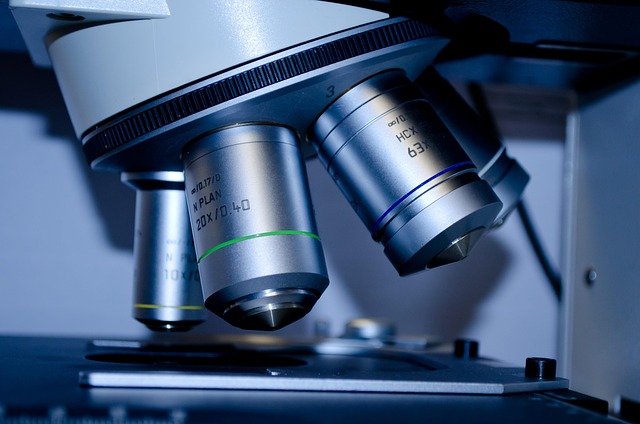
Recalibrating sensors after a Mercedes panoramic roof replacement is a crucial step in ensuring optimal vehicle performance and safety systems. The process involves several precise steps to reset the sensors’ readings accurately. First, locate the sensor modules typically found near the roof frame or within the sunroof mechanism. These sensors might include impact sensors, pressure sensors, or position sensors responsible for monitoring the roof’s opening and closing. Before recalibration, it is essential to power off all relevant systems, such as the collision repair services’ computer units, to avoid interference.
Next, follow a step-by-step guide:
1. Disconnect Power: Ensure all power sources are disconnected from the sensors to prevent any unexpected readings during the process.
2. Inspect and Clean: Visually inspect each sensor for any damage or debris accumulation. Use compressed air or mild cleaning solutions to remove any contaminants, especially if the sensors were exposed during the repair process.
3. Recalibration Software: Access the vehicle’s diagnostic system using specialized software tools designed for Mercedes models. Run the calibration routine specific to the panoramic roof system, which may involve simulating different roof positions and speeds to reset the sensor parameters accurately.
4. Test and Verify: After recalibration, conduct thorough testing to ensure the sensors are functioning correctly. This step may include dynamic tests, such as opening and closing the roof while monitoring sensor responses, to confirm their reliability in various scenarios.
Post-Repair Testing and Maintenance Tips for Optimal Sensor Performance

After a Mercedes panoramic roof replacement, proper post-repair testing and maintenance are crucial for ensuring optimal sensor performance. Begin with a thorough inspection to verify that all sensors are functioning as expected. This includes checking the alignment and clarity of the cameras, accurate readings from the LIDAR scanners, and reliable communication between the sensors and the vehicle’s system. A reputable auto repair shop or collision repair shop with experienced technicians can facilitate this process, using specialized diagnostic tools to ensure every component is working seamlessly.
Regular maintenance plays a vital role in prolonging sensor effectiveness. This involves keeping the sensors clean and free from debris, as well as regularly updating software to account for any improvements or bug fixes. Many auto body services offer scheduled maintenance packages tailored for panoramic roof systems, ensuring that your vehicle remains in top condition. Remember, proper care will not only enhance safety features but also contribute to a smoother driving experience overall.
Replacing a Mercedes panoramic roof involves more than just swapping out hardware; it requires recalibrating the sensors for optimal performance. By following the step-by-step guide outlined in this article, you can ensure your vehicle’s sensors are accurately calibrated post-repair. Regular testing and maintenance will also play a crucial role in maintaining the system’s efficiency, ensuring a seamless and safe driving experience for years to come, specifically regarding Mercedes panoramic roof repair.
